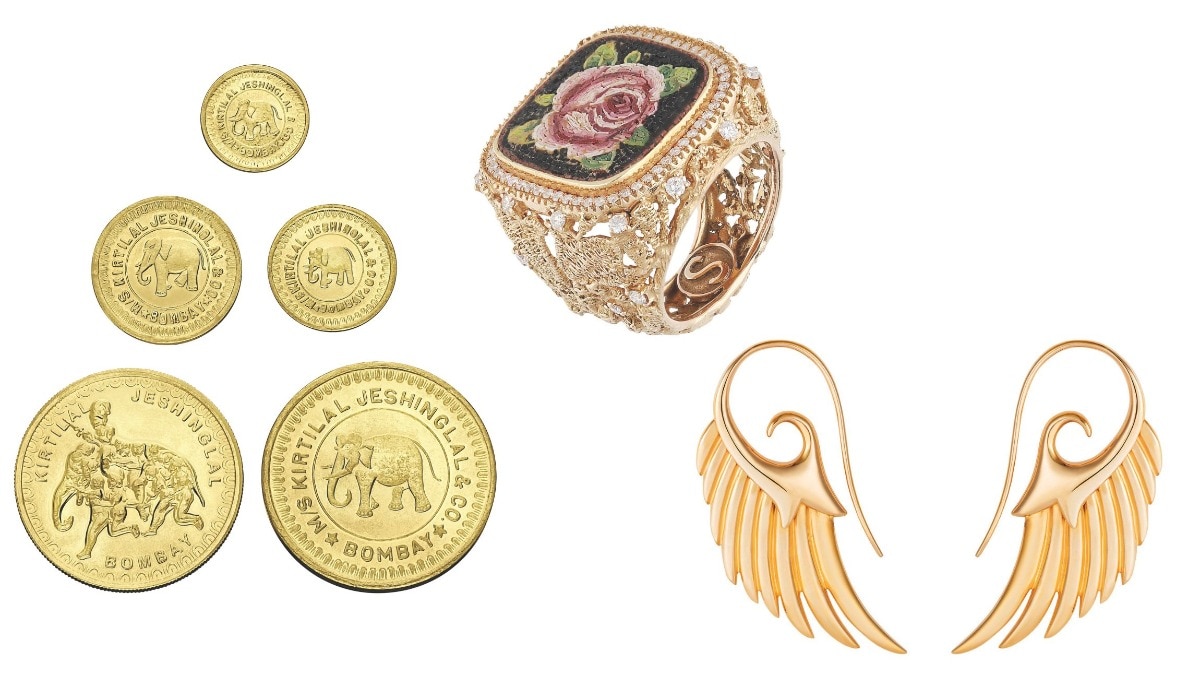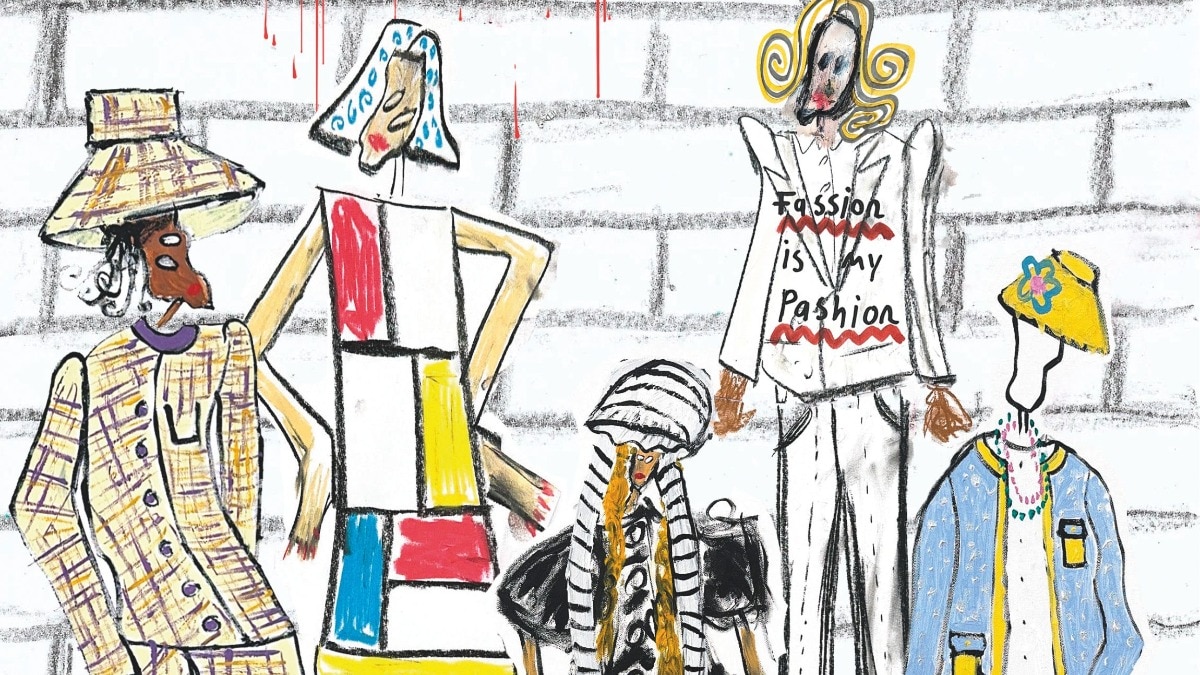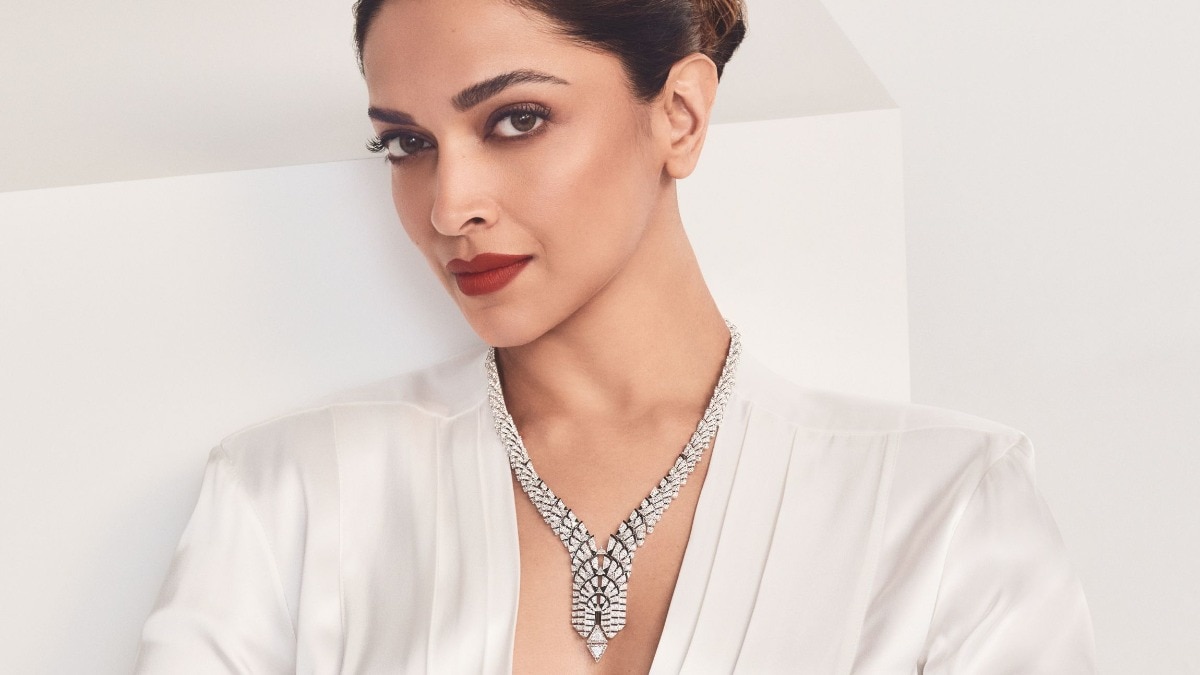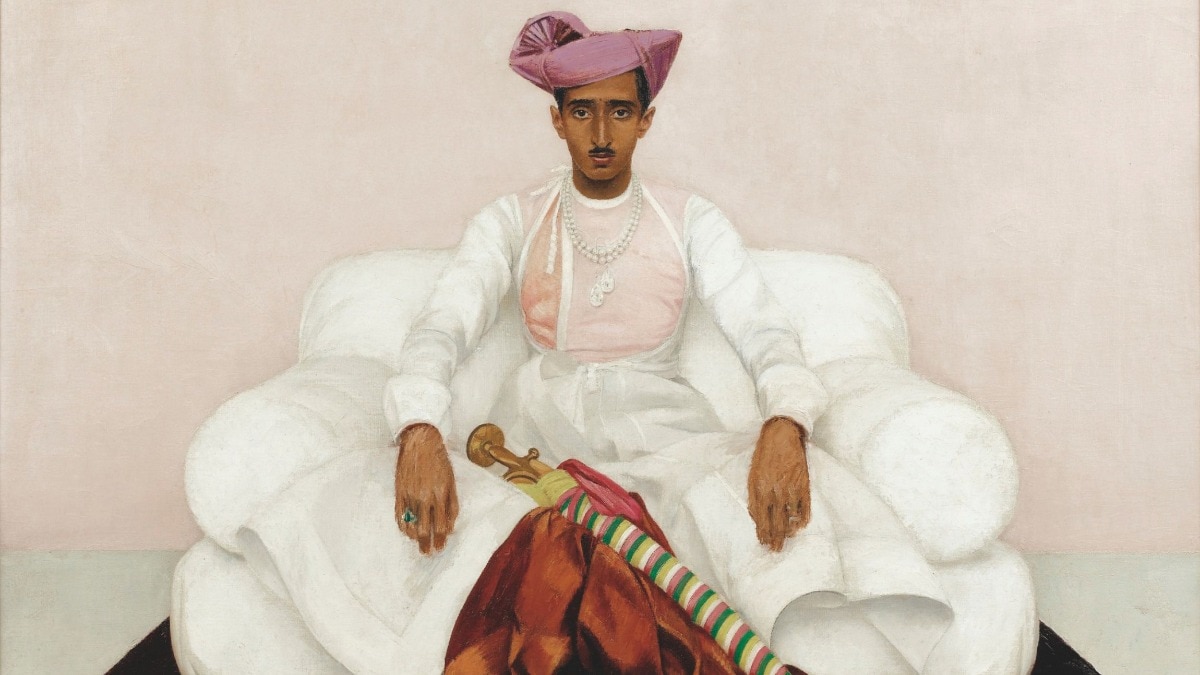New York Fashion Week 2024 makes a case for dressing (not too) ladylike
NFW's collections offer a new take on feminine style, challenging us to show out instead of button up.

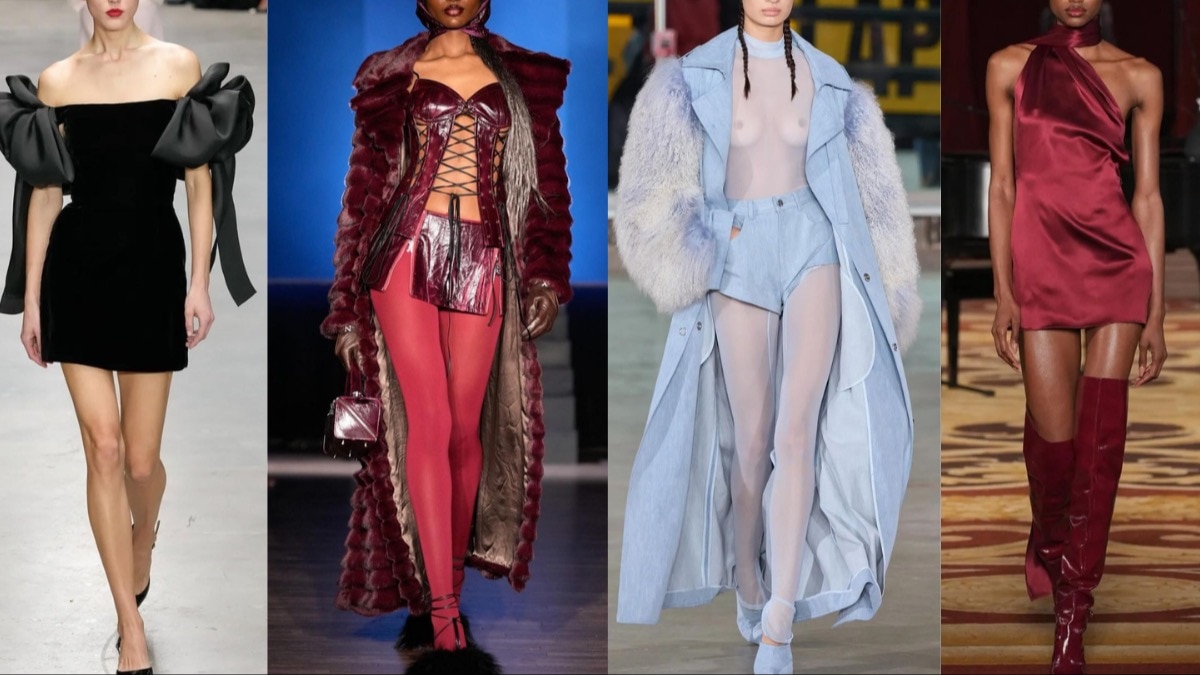
“Are we seeing the return of the muff?” My colleague Miguel Enamorado posed the question in Slack. Considering the fluffy, tube-shaped hand warmer appeared in several Fall 2024 collections this week in New York, including Batsheva, Prabal Gurung, and Michael Kors, it was a valid question. The muff was popularised in the 1940s and ’50s by women of a certain class who spent hours dressing for the day, those who cinched their waists with belts, favoured strictly tailored mid-length skirt suits, and put on hosiery and hats to go lunch (and I do mean lunch as a verb). But this can’t be what we’re returning to, right?
There’s undeniably some fascination with ladylike dressing swirling in the air right now. Capote’s socialite Swans—the subjects of Ryan Murphy’s latest show on FX, played by an astounding cast including Naomi Watts, Chloë Sevigny, and Diane Lane—are appointment television. The creation of Christian Dior’s postwar fashion “New Look” and the drama surrounding it is the subject of the latest Apple streamer. It’s on the runways, too, where the best examples look more like, as my editor put it, “Hitchcock heroines on acid” than staid ladies who lunch.
Tory Burch Fall/Winter 2024 RTW
Take the new wardrobe proposed by Tory Burch, who said backstage after her 20th-anniversary show on Tuesday that she “wanted to create volume without weight” and make clothes “that really adhere to the body.” Her architectural “lampshade” dresses achieved exactly that, moving freely with the models’ bodies while retaining the construction of the garment. Burch’s wild tinsel coats were so much more appealing than a plain old evening coat; and her take on a minidress, complete with ruffles that cascaded like pencil shavings, felt unprecious. The scuba tops and A-line skirt pairings were alluringly weird too, as were the tights printed with the word sublime, which Burch used to describe her inner appreciation for finding joy in the mundane. Burch also said that while she’s been in this business a long time, she feels like she’s finally found “a more personal expression.” She added, “I wish I’d done it sooner.”
Dressing like a lady isn’t about strict codes anymore, nor should it be. At Michael Kors, the designer conveyed this in subtle ways, like pairing a covered-up turtleneck with a sheer lace skirt or layering a hoodie under a skirt suit. Catherine Holstein of Khaite took a slightly more surrealist approach to her usual urban-power-bitch aesthetic, introducing glossy silk separates crafted to look like they’d been stretched out and scrunched up, some worn with sexy sheer evening gloves and without a hint of a smile.
Michael Kors Fall/Winter ’24
More profound were the discussions that several designers provoked around gender and age as they relate to dressing. For the last couple of seasons, the brilliantly skilled Jackson Wiederhoeft has used his theatrical productions as a vehicle for promoting the democratisation of formal attire. Their world is one of pure fashion fantasy, and anyone—ladies, tramps, and whoever else in between—is welcome to come play in it. This season, their mesmerising crochet dress with a built-in corset was a knockout, as was the mutton-sleeve top with a matching pencil skirt in a black and silvery stripe. This look was worn by a moustachioed model who walked gracefully down the runway like an extra in the Beetlejuice dinner party scene.
Wiederhoeft Fall/Winter ’24
Batsheva Hay put on a runway show cast only with models over the age of 40—some recognisable, like actor and current Feud Swan Molly Ringwald; and others, women whom Hay simply admires from the worlds of art, dance, and fashion. There were black velvet shift dresses with white lace trim, sheer lace pilgrim-collar mid-length frocks and poodle skirt silhouettes. Most provocative, though, was the intarsia sweater that read “Hag” on the front, worn by New York designer Victoria Bartlett with a ruffled collar and a dramatically Victorian ruched and poufed skirt.
Batsheva Fall 2024
If Hay’s aim was to challenge how society believes women over a certain age should dress or act, then at Luar, Raul Lopez’s was to speak to the queer person’s relationship to dressing up. Lopez titled his collection “Deceptionista”—a meditation, he said, on the idea of “metrosexual.” In his show notes, he wrote about how he used metrosexuality as a way to hide his own sexuality while growing up, and said that now, “as society embraces a softer masculine aesthetic again, it’s no longer just the metrosexual man doing the deceiving, but it’s society retreating on its own heteronormative programming.” The collection took elegant fashion and turned it all the way out, with the exaggerated proportions of Dior’s New Look jacket and skirt pairings, as well as evening wear crafted with exotic skins and worn with cardigans made to look like they were starched and stretched 10 sizes too big.
Luar Fall 2024
The Luar lady is fierce and feral, but still friendly. There are no boundaries in Lopez’s universe, and because of that, dressing up never feels strict or strained. This is the way forward for ladylike dressing, and it’s why he’s leading the charge in teaching us what the future of fashion can be. The days of looking mean and expensive are dying, and thank God for that. Smugness doesn’t equate to chicness anymore. It’s no longer about swanning through a restaurant with your muff, and it’s not about projecting a sense of power by wearing a blazer thrown over your shoulders. As these designers have proven this week, there is something both aspirational and accessible in embracing formal and feminine dressing when it is imbued with the weird, the off-kilter, and the not-too-precious.
Photo Credits: Tory Burch/Michael Kors/ Wiederhoeft/Batsheva/Luar/Instagram
This piece originally appeared in Harper's Bazaar US
Also Read: The hottest moments from Milan Fashion Week 2024
Also Read: 5 brands that redefined runway trends at the London Fashion Week

